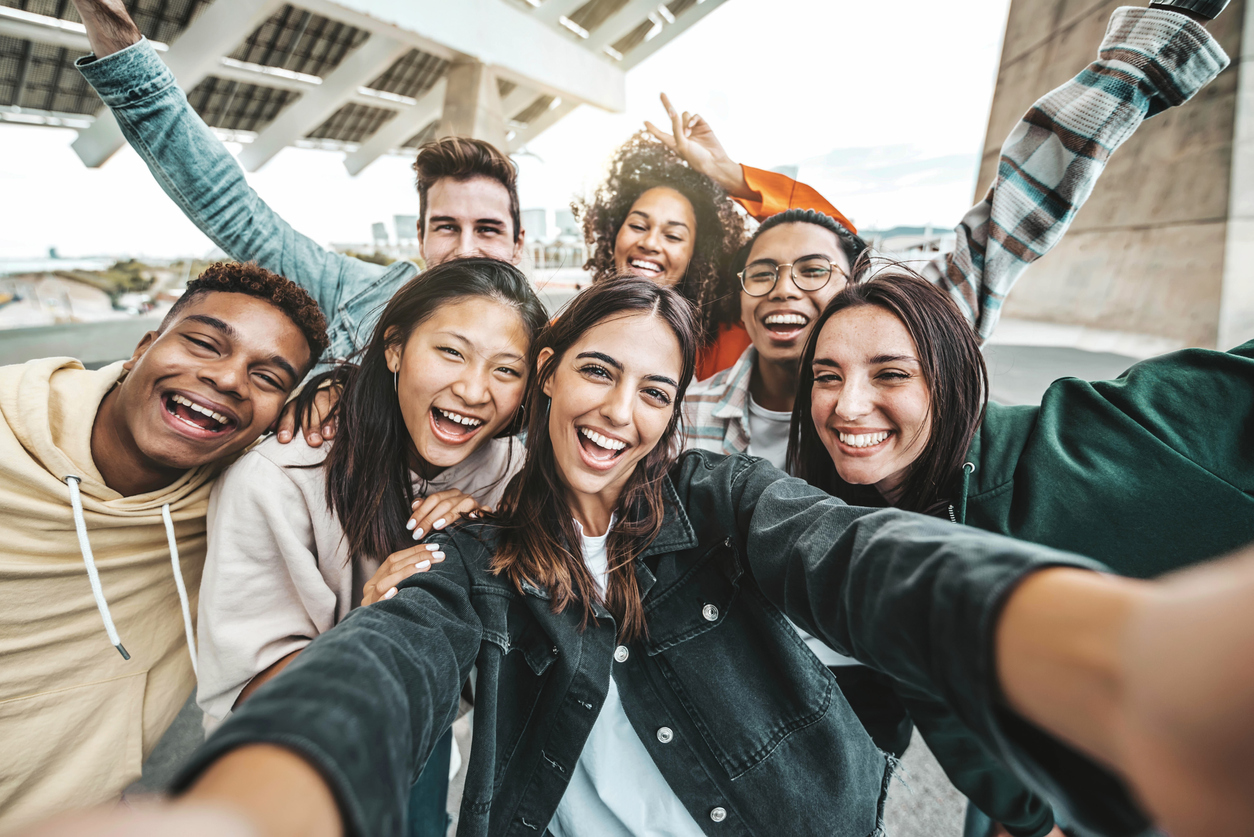Why understanding a student’s context matters
Our students all grow up in different environments – and are formed by those environments. Awareness of these wider contexts should inform our counselling

In what environment did you grow up?
Perhaps this question conjures up an image of your living room with the TV playing, or the echoing hallways of your primary school. Maybe a grandparent’s place or the local playground.
Development takes place in multiple layers of environment. As children, we might not realise all the layers of the environments we inhabit. But as adults and educators, we likely feel these keenly.
It goes without saying that these environments are different for all students. Likely the environments we grew up in are very different from our own students’ in myriad ways – and also from each other’s.
Understanding these layers and the forces that shape them is our responsibility as educators. As college counsellors, we are specially tasked with advocating for our students and communicating their contexts to university officers. This in turn helps the officers to identify more clearly our students’ academic potential and to make an informed decision.
We all have an intuitive understanding of these environments undergirding development, but is there a model that can help us visualise these?
Bronfrenbrenner’s ecological systems model helps us to do just that.
What is Bronfrenbrenner’s model?
The model proposes that an individual’s development is influenced by a series of interconnected environmental systems, ranging from the immediate surroundings (for example, family) to broad societal structures (for example, culture).
There are five systems, or levels: microsystem, mesosystem, exosystem, macrosystem and chronosystem.

What does Bronfrenbrenner’s model mean in practice?
There is the immediate environment – microsystem – for which examples are fairly easy. These include parents, siblings, friends, school and neighbourhood.
The interactions between the factors of the microsystem are the next level: mesosystem. For example, envisage a parent-teacher conference, or interactions between a neighbourhood community and the family, or siblings and friends.
The “formal and informal social structures” are the next layer: exosystem. Mass media, governmental policies, social services, parents’ employment, family friends and extended family members all belong to this system.
The attitudes and ideologies of the culture are also an important, wider environment: macrosystem. A student’s beliefs about gender roles, family structures or social issues are shaped by the larger cultural milieu. Socio-economic status also belongs to this layer.
Finally, any larger historical events (such as political instability or an economic recession) and transitions that happen during a lifetime (such as parental divorce or moving to a new place) comprise the final and outermost layer: chronosystem.
Bronfrenbrenner emphasises that these systems are not isolated (but can affect each other) and are not static (but can change over time). It’s also important point out that the child is not a passive agent, but is actively engaging with the environment at the lower levels (for example, relationships with parents, friends or school).
How to apply this model to college counselling
This model helps us shape our conversations and understand our students better, on an individual basis.
For instance, if a student does not complete an application component to the internal deadline, we might chalk it up to laziness, which is an internal trait (a common human bias – the fundamental attribution error). However, might there have been environmental factors – such as a family issue, a recent event that impacts them greatly or their socio-economic situation – that led to this behaviour?
In another case, understanding the cultural forces might help us understand why students repeatedly gravitate to a certain essay topics (such as mental health or social issues) that we ourselves would not necessarily have chosen.
The model can help us understand our students better, on a group level. For instance, we can try to better understand the uniqueness of generation Z and, eventually, generation alpha. If the student comes from a different culture from us, it is essential to reflect on the underlying attitudes and values of that culture. For instance, filial piety is an important facet of many Asian cultures and might explain why parental opinions can matter so much more to Asian students than they would do to non-Asians.
Practically, this helps us most when we write letters of recommendation for universities. We can present context in a more nuanced form, invoking the different layers unique to that student when we think that would give the university officer more insight into the student’s academic potential.
Some examples:
- To my knowledge, student A has grown up with a single parent who has had to work two jobs, although the neighbourhood has been incredibly supportive. This means that student A has had to take care of his younger siblings, which might have affected his academic performance.
Invoking microsystem, mesosystem and exosystem - Student B moved very recently to our school, and would have experienced severe Covid restrictions in her previous country, which imposed one of the most stringent measures in the world. Her grades in Year 11 should be interpreted in light of this.
Invoking chronosystem - Student C did not have access to ADHD testing until Year 12. This might explain why his mathematics grades were below average in Year 11 but increased afterwards, as a result of accommodations put in place.
Invoking exosystem - Student D is passionate about intersectional feminism, and consistently demonstrates her artistic and academic commitment to this in her portfolio and in an extensive academic research essay on Asian American women’s mental health. Please refer to the additional information to gain a fuller understanding of her works.
Invoking macrosystem
And we can become better advocates for our students in the school environment. As college counsellors, we may have contextual information about a student that other staff members might not have. Sharing these with the wider school community (when appropriate and necessary) can create a supportive environment that is built on understanding.




